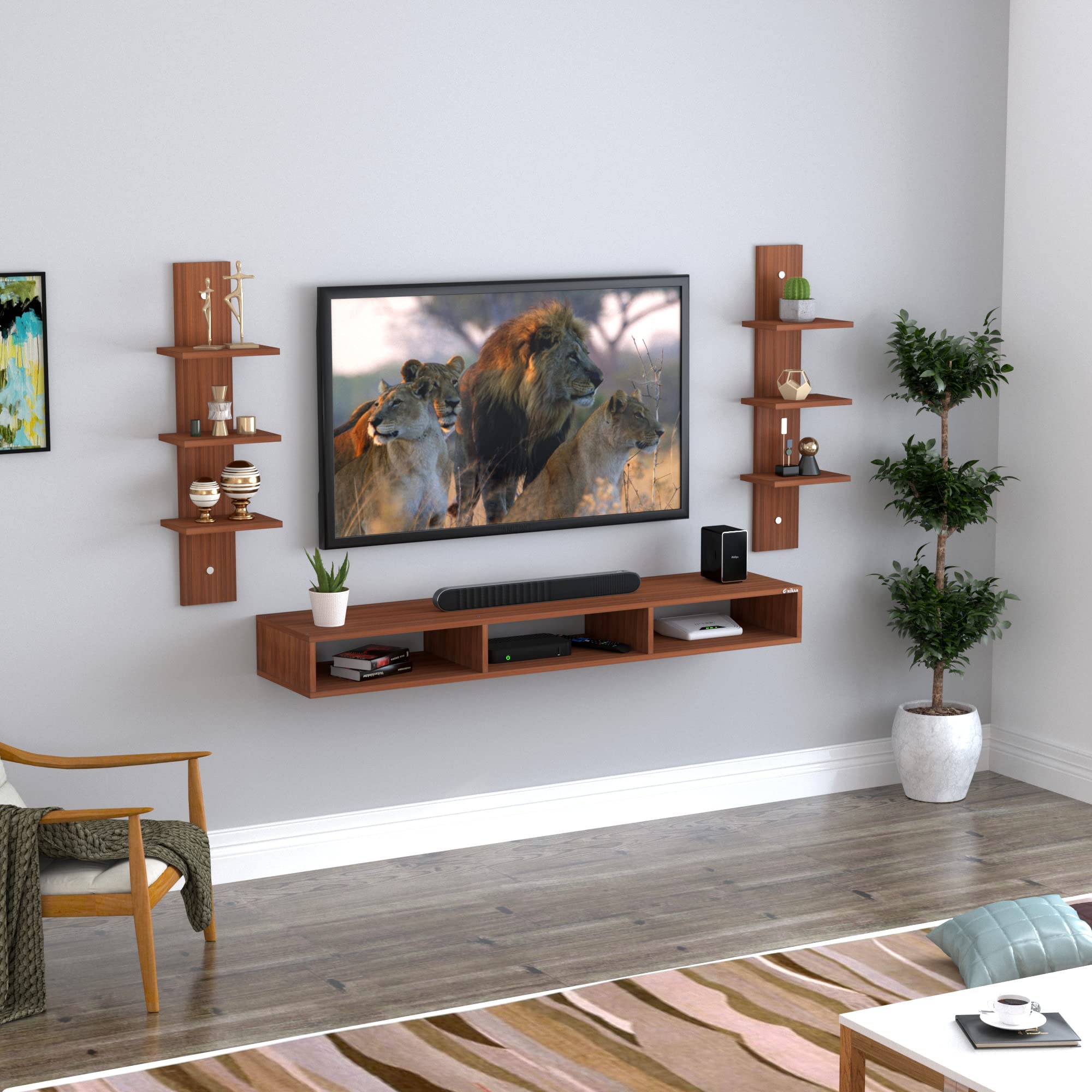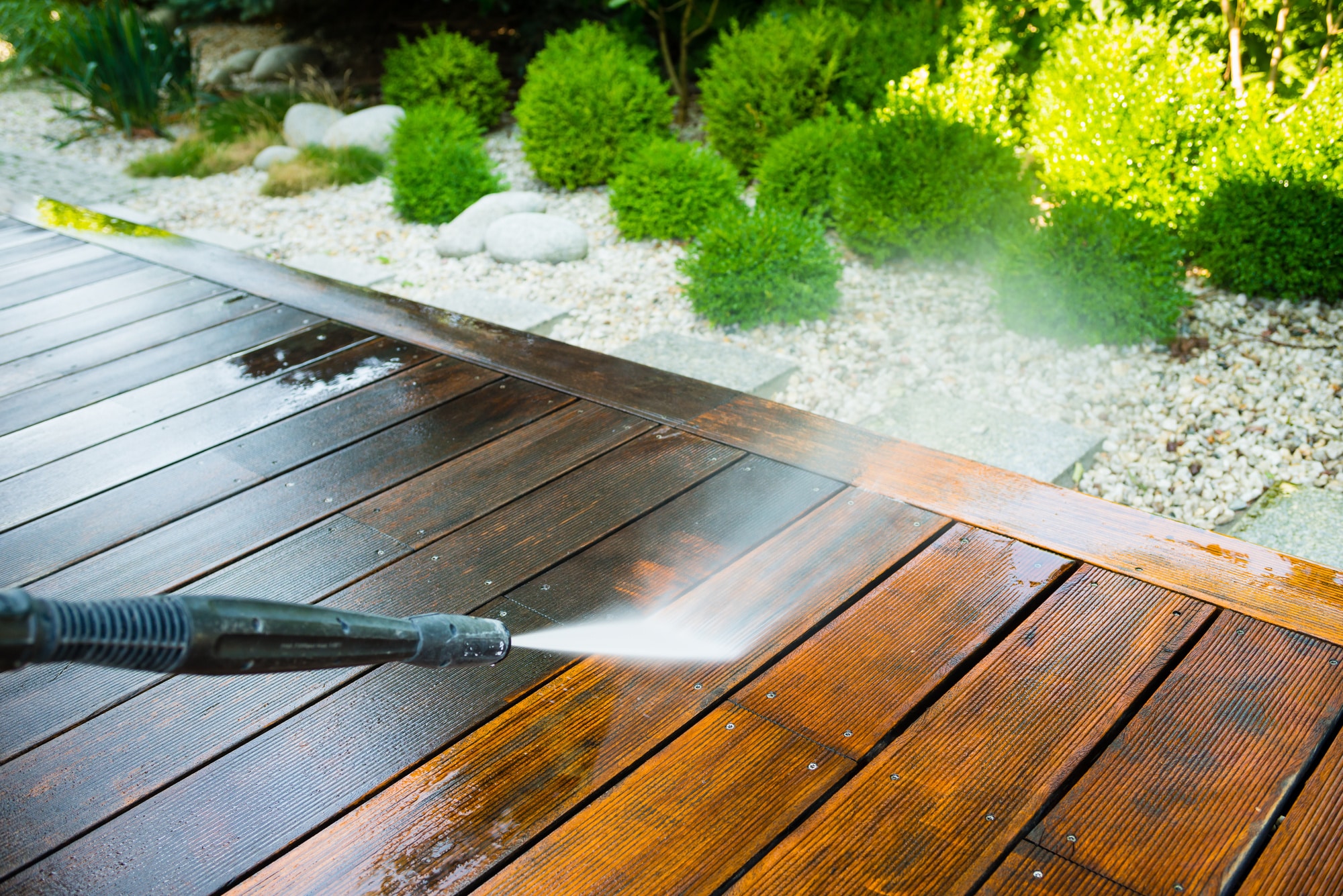How Much Does it Cost to Build a Floating Entertainment Center?
Entertainment centers can be a pricey investment in home comfort and viewing experiences. Many find that price worth the effort, though, even if assembly might be required. Of course, not all entertainment systems are the same.
Those looking for a stylish system that is set to the wall to save space and look great might be considering a floating entertainment system. These systems are called that because they use no leg stands, and are instead set into the wall, thus the appearance that they are floating above the floor instead of standing.
These systems make for an excellent look, but they have their concerns, cost being one of them. Finding a good deal and learning the costs involved will help ensure a sturdy system that won’t fall off the wall, which for some is usually their first worry with such a system
How are they assembled?
To understand the costs involved, it helps to first know what separates floating entertainment systems from others. While the design definitely sets it apart at first glance, that also factors into the assembly method and costs involved when compared to other options, such as furniture for your home entertainment center from Amish Furniture Factory.
These systems are secured to the walls, usually in individual pieces rather than as a massive set, though that option also exists. This means fewer materials are used in construction, but instillation is more involved. With no legs or frames, the wall is the lone support for the pieces, from cabinets, stands, and the television itself. This means the wall the system is built into has to be sturdy and fairly well supported with studs, otherwise the system is likely to fall off and break.
General cost
The overall cost for a floating entertainment system can actually vary quite a bit. Usually, the average cost can run anywhere from $800 to as much as $7,000. As with any entertainment system, the material involved, as well as instillation, play a large factor in the bottom line.
This is especially true for floating systems, which are often used as wall accents and finishers as much as an entertainment system in their own right. Floating systems actually have a fair bit of versatility when it comes to materials involved, which can drastically alter the cost.
Material options
Wood is the most common material for these sorts of systems, but even that simple answers offers a wide array of options in terms of material and thus cost. For example, some people might prefer a rustic or reused look, making use of repurposed wood for a cabin-like feel. Others might prefer locally sourced lumber to match their romantic two-seat chairs.
Strong woods like oak or walnut are the most common options in such regards, as the durability helps support the floating aspect and ensure the system does its job without falling apart. Lighter woods are not generally recommended for such projects.
More contemporary materials are also an option. Various metallic, plastic, and polymer options exist as well. Whether you’re looking for a modern look to accent a contemporary style, or a more rustic, cozy feel for evening relaxation, the material options for your ideal floating system is out there.
As for costs, design is as much a factor as materials. Modern systems tend to be more expensive, basic wooden sets are usually the cheapest, and higher end options include extra features, such as a virtual fireplace. Finding the right set for you will likely take some research, and having a budget in mind will help with that.
DIY or Install?
As with any home project, the question arises whether or not to try the install yourself or hire professionals to do the work. Both options have their potential and actual costs, and will likely factor into your budget.
Naturally, instillation will incur additional costs over a Do-it Yourself kit. These costs can vary greatly, but expect to pay anywhere from several hundred to several thousand dollars. As with the materials of the system itself various factors contribute to the cost of instillation. Obtaining estimates from installers will help with budget planning as you review your options.
As for doing it yourself, there are a lot of kits available for installing a floating entertainment system yourself, both online and in brick and mortar stores. Sites and stores may offer instillation as part of a package deal, which might help with costs.
DIY kits are, generally, cheaper than a professional install, usually running a few hundred dollars. The question is, of course if you feel comfortable and confident in your handy home skills.
Floating systems are secured to the wall, and if you don’t feel comfortable handling that sort of project, it is probably a good idea to have it be handled professionally. The risk of a missed stud, lack of studs, or poor anchorage could prove very costly in the long run. Wall damage and having to repair or replace the system due to falling damage will add to the overall cost, and are probably not a factor in your budgeting.
In conclusion
The costs of a floating entertainment system can vary quite a bit. The materials involved, custom order versus kits, and whether you install it yourself or make it a DIY project all factor into the bottom line.
Anywhere from several hundred to as much as $7,000 is a wide range, and can include instillation or special materials and features. With such projects, reviewing your desired materials and setup will help establish a budget. From there, you can decide if you have the funds and skills to assemble and install yourself, or need professional instillation.
Either way, a floating entertainment system is a great way to accent your room, the wall, and ensure you have a great way to store and view your favorites. Whether that look is a sleek modern style or a more rustic vision, with the right budget and know-how, you can confidentially find the ideal floating entertainment system to meet the desired needs for your hoe viewing pleasure.







